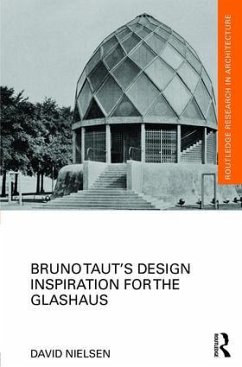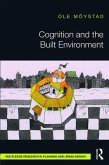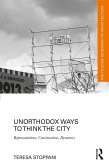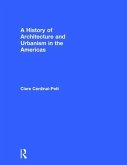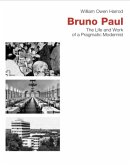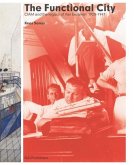As a formative exemplar of early architectural modernism, Bruno Taut's seminal exhibition pavilion the Glashaus (literally translated Glasshouse) is logically part of the important debate of rethinking the origins of modernism. However, the historical record of Bruno Taut's Glashaus has been primarily established by one art historian and critic. As a result the historical record of the Glashaus is significantly skewed toward a singlular notion of Expressionism and surprisingly excludes Taut's diverse motives for the design of the building. In an effort to clarify the problematic historical record of the Glashaus, this book exposes Bruno Taut's motives and inspirations for its design. The result is that Taut's motives can be found in yet unacknowledged precedents like the botanical inspiration of the Victoria regia lily; the commercial interests of Frederick Keppler as the Director of the Deutche Luxfer Prismen Syndikat; and imitation that derived openly from the Gothic. The outcome is a substantial contribution to the re-evaluation of the generally accepted histories of the modern movement in architecture.
Hinweis: Dieser Artikel kann nur an eine deutsche Lieferadresse ausgeliefert werden.
Hinweis: Dieser Artikel kann nur an eine deutsche Lieferadresse ausgeliefert werden.

